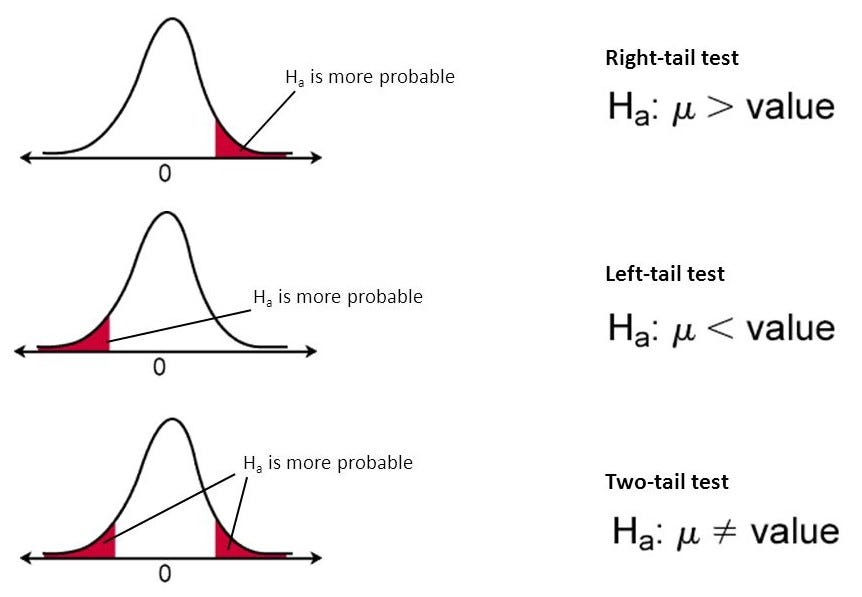Natural language to SQL is one of the most exciting applications of large language models
Here's the step by step guide to build such application👇
Here's the step by step guide to build such application👇
1. User Input:
• Users provide natural language queries or requests as input to the application.
• Example: "Retrieve all customers who purchased in the last month." 2.
• Users provide natural language queries or requests as input to the application.
• Example: "Retrieve all customers who purchased in the last month." 2.
2. LLM Processing:
• Use LLM (Large Language Model) to process and understand the user's natural language input. • Extract the intent and key entities from the user query.
• Example: Identify the intent as "Retrieve" and entities like "customers" and "last month."
• Use LLM (Large Language Model) to process and understand the user's natural language input. • Extract the intent and key entities from the user query.
• Example: Identify the intent as "Retrieve" and entities like "customers" and "last month."
3. NL2SQL Translation with llamaindex's nl2sqlqueryengine:
• Utilize llamaindex's nl2sqlqueryengine to convert the processed natural language query into a SQL query.
• Map the intent and entities to appropriate SQL operations and conditions.
• Utilize llamaindex's nl2sqlqueryengine to convert the processed natural language query into a SQL query.
• Map the intent and entities to appropriate SQL operations and conditions.
• Example: Generate SQL query like "SELECT * FROM customers WHERE purchase_date >= '2023-11-01'."
4. MySQL Database Connection: • Establish a connection to the MySQL database using appropriate credentials.
• Example: Connect to the MySQL database hosted at a specific IP address with a username and password.
• Example: Connect to the MySQL database hosted at a specific IP address with a username and password.
5. SQL Execution:
• Execute the generated SQL query on the connected MySQL database. • Retrieve the result set containing the requested data.
• Example: Execute "SELECT * FROM customers WHERE purchase_date >= '2023-11-01'" on the MySQL database.
• Execute the generated SQL query on the connected MySQL database. • Retrieve the result set containing the requested data.
• Example: Execute "SELECT * FROM customers WHERE purchase_date >= '2023-11-01'" on the MySQL database.
6. Data Processing:
• Process the retrieved data, if necessary, based on the requirements of the user query.
• Example: Extract relevant information from the customer data such as names, purchase dates, etc.
• Process the retrieved data, if necessary, based on the requirements of the user query.
• Example: Extract relevant information from the customer data such as names, purchase dates, etc.
7. Response Generation:
• Construct a response to the user based on the processed data.
• Example: Generate a response like "Here are the customers who made a purchase in the last month: [List of customers]."
• Construct a response to the user based on the processed data.
• Example: Generate a response like "Here are the customers who made a purchase in the last month: [List of customers]."
8. User Output:
• Present the response to the user through the application's interface. • Example: Display the response on a web page or return it as an API response.
• Present the response to the user through the application's interface. • Example: Display the response on a web page or return it as an API response.
9. Error Handling:
• Implement error handling mechanisms to address issues such as invalid queries, database connection errors, or SQL execution failures.
• Example: Notify the user if the query is invalid or if there's an issue connecting to the database.
• Implement error handling mechanisms to address issues such as invalid queries, database connection errors, or SQL execution failures.
• Example: Notify the user if the query is invalid or if there's an issue connecting to the database.
10. Logging and Monitoring:
• Implement logging and monitoring to track user queries, system performance, and potential issues for analysis and improvement.
• Example: Log queries, execution times, and any errors encountered for further analysis.
• Implement logging and monitoring to track user queries, system performance, and potential issues for analysis and improvement.
• Example: Log queries, execution times, and any errors encountered for further analysis.
Read more about NL2SQL models using below blog👇
blog.futuresmart.ai/fine-tuning-gp…
blog.futuresmart.ai/fine-tuning-gp…
End of this thread!👍
If you are looking to learn more about
📊Data Science
🤖ML/DL/AI
📈Analytics
🔢Math & Statistics
📚Resources
📝LLMs
🛠MLOps
Then, Don't forget to follow me at @avikumart_ for upcoming posts🔥👍
If you are looking to learn more about
📊Data Science
🤖ML/DL/AI
📈Analytics
🔢Math & Statistics
📚Resources
📝LLMs
🛠MLOps
Then, Don't forget to follow me at @avikumart_ for upcoming posts🔥👍
https://x.com/avikumart_/status/1739292430132994220?s=20
• • •
Missing some Tweet in this thread? You can try to
force a refresh







